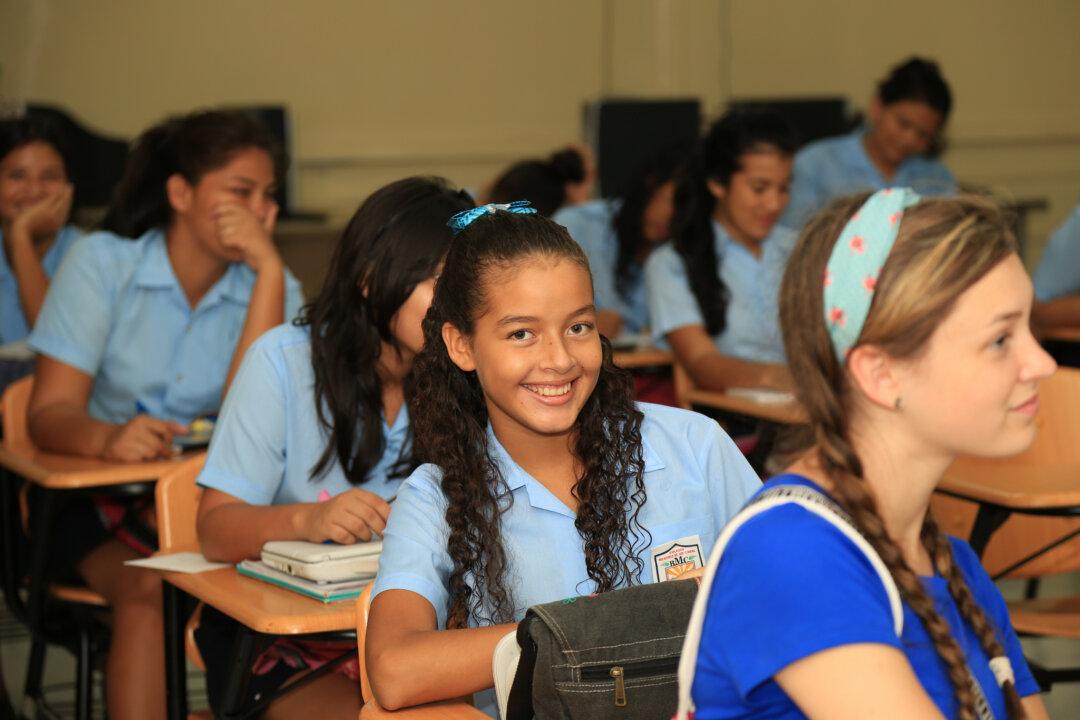Putting schools on probation for sub-par test scores spurs transfer patterns linked to household income, report sociologists.
Their study of a school accountability program in the Chicago Public Schools reveals that families were responsive to new information about school quality and that those with more financial resources were the most likely to transfer to other schools in the district or to leave the district altogether.
However, the researchers find, rarely did transfers within the Chicago system lead to substantial upgrades in school quality. In fact, many students shuffled from probation schools to non-probation schools with only slightly higher testing results.
“‘Educational upgrading’ is a difficult undertaking for poor families leaving schools on probation because such schools are clustered together in low-income neighborhoods and finding better alternatives requires prohibitively long travel distances,” explains Peter Rich, a doctoral candidate at New York University and one of the study’s authors.
“Our research shows that without directly changing the supply of schooling options offered to families in segregated, poor neighborhoods, policies that expand school choice will have little impact on alleviating the educational inequality they intend to address.”
20% Of Schools Put On Probation
The researchers examined the impact of a program implemented by the Chicago Public Schools in 1996, six years before the passage of the federal No Child Left Behind Act. Similar to NCLB, the Chicago program used test score data to hold schools accountable for student outcomes.
In September of that year, one fifth of schools across the district were assigned “probation” for low rates of grade-level reading proficiency—publicly available marks that gave families new information about school quality.




